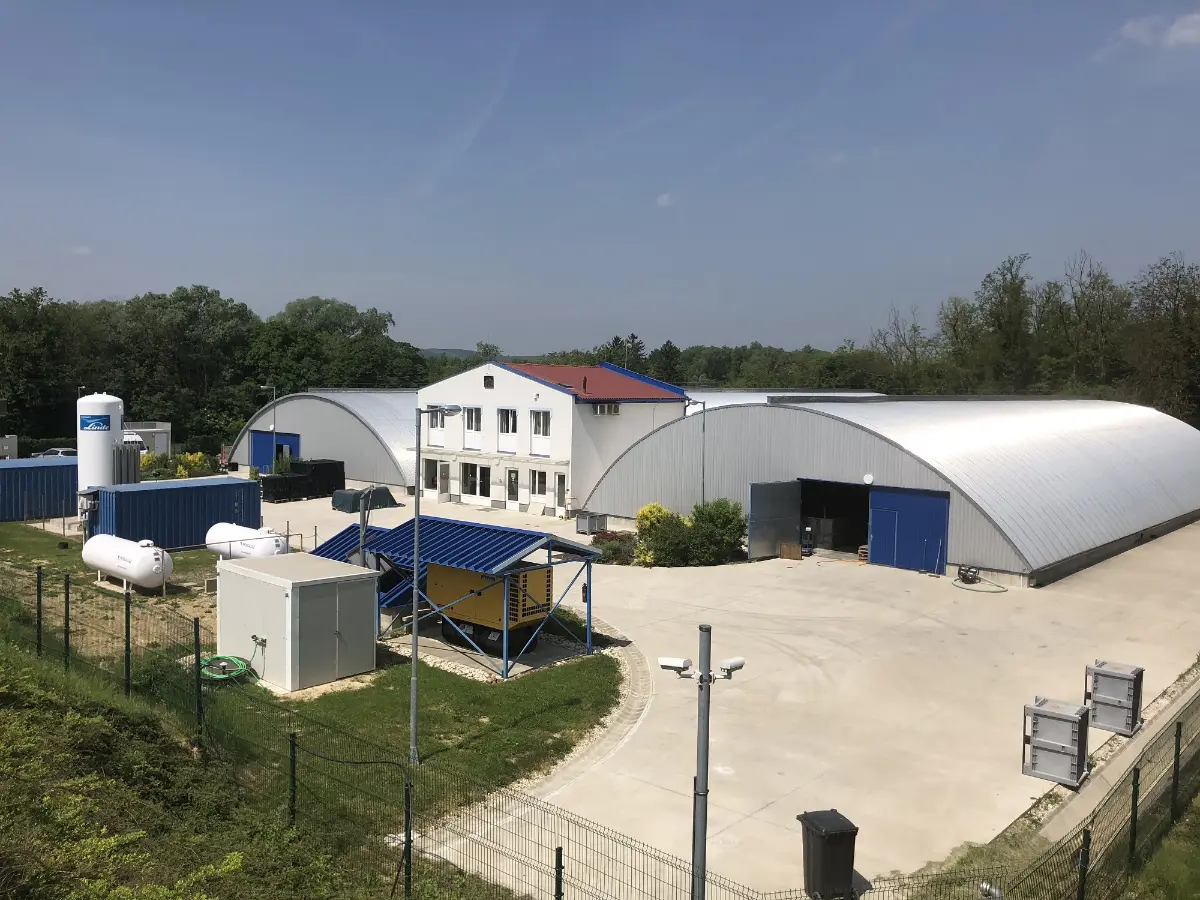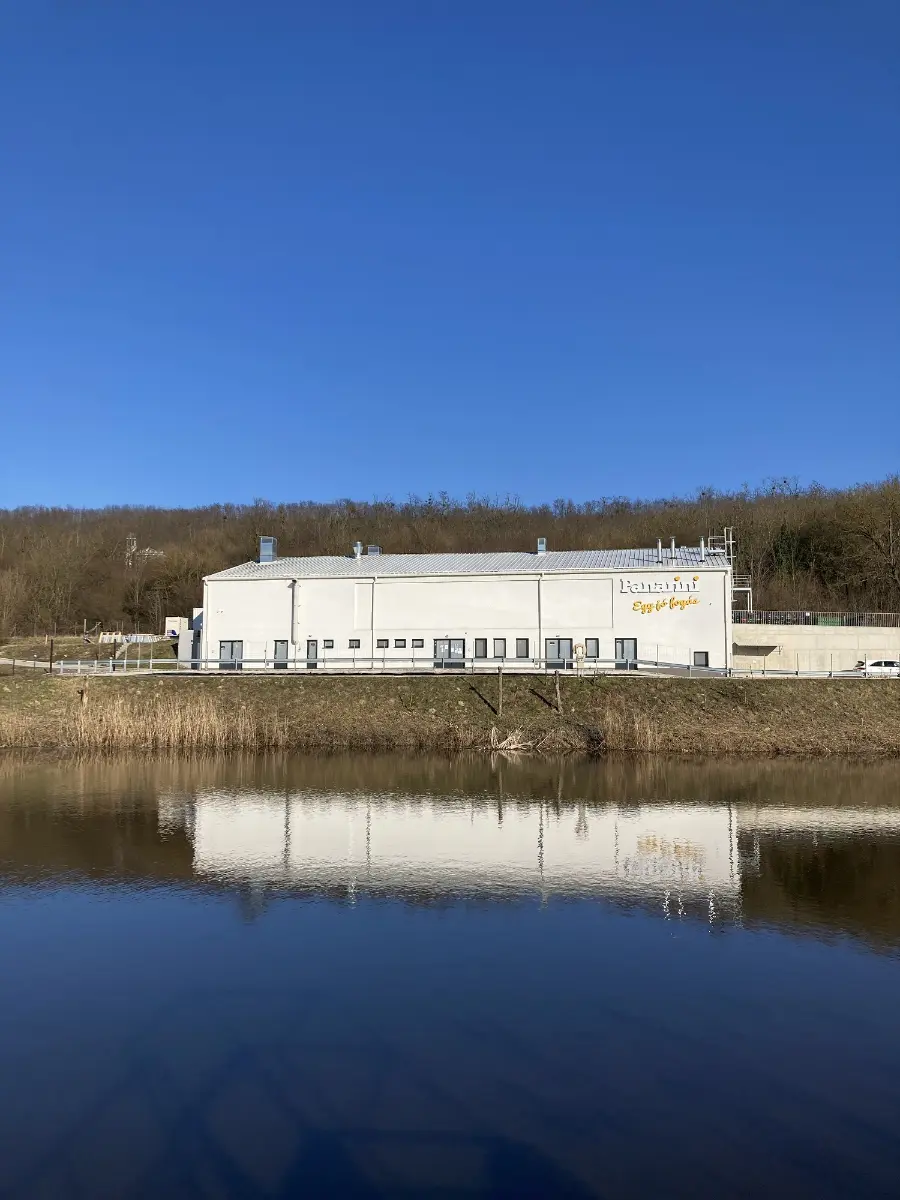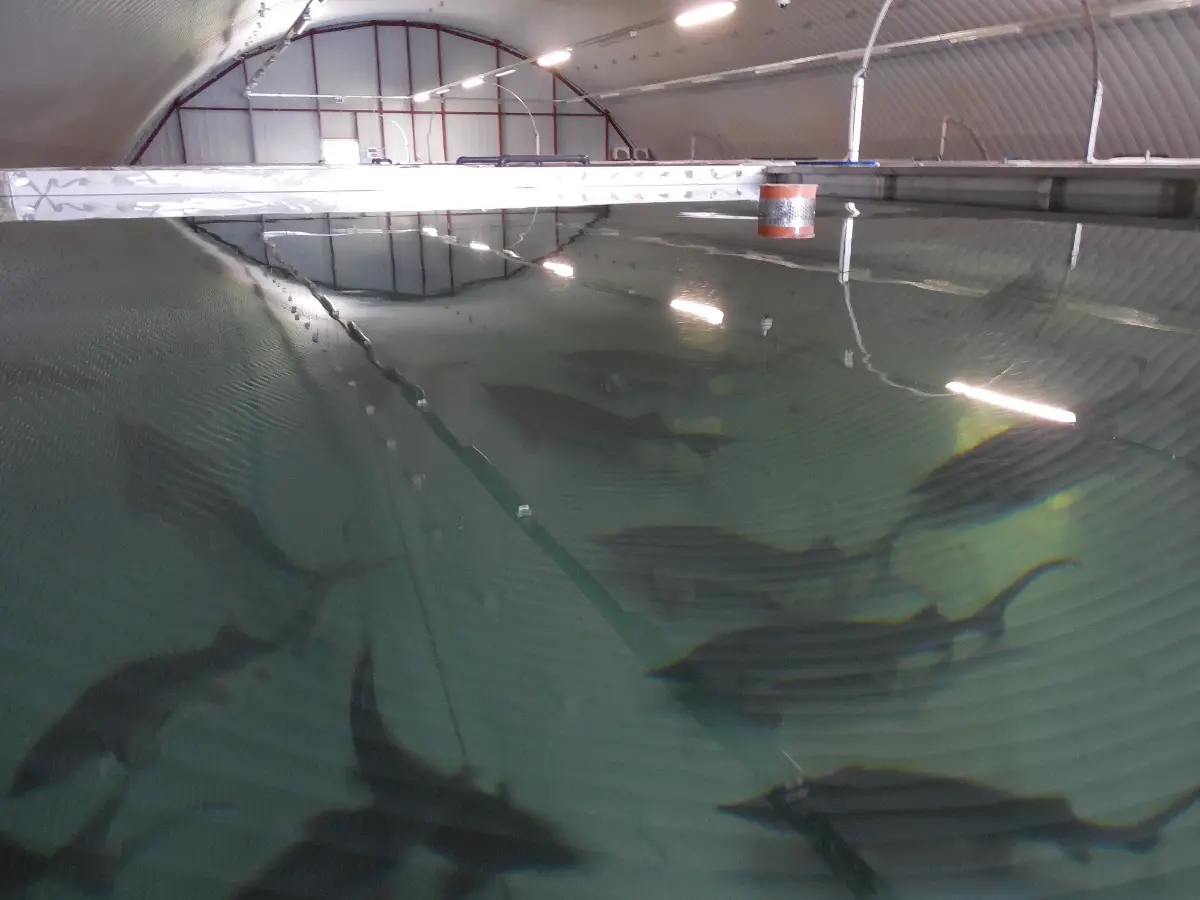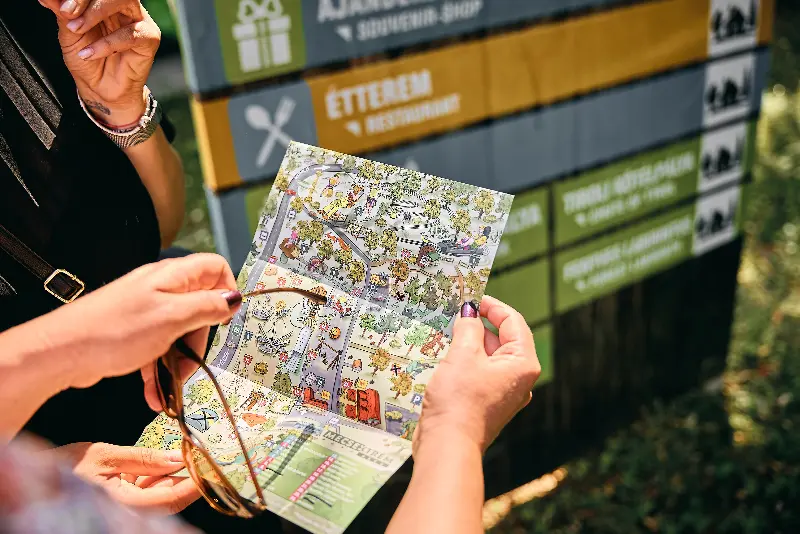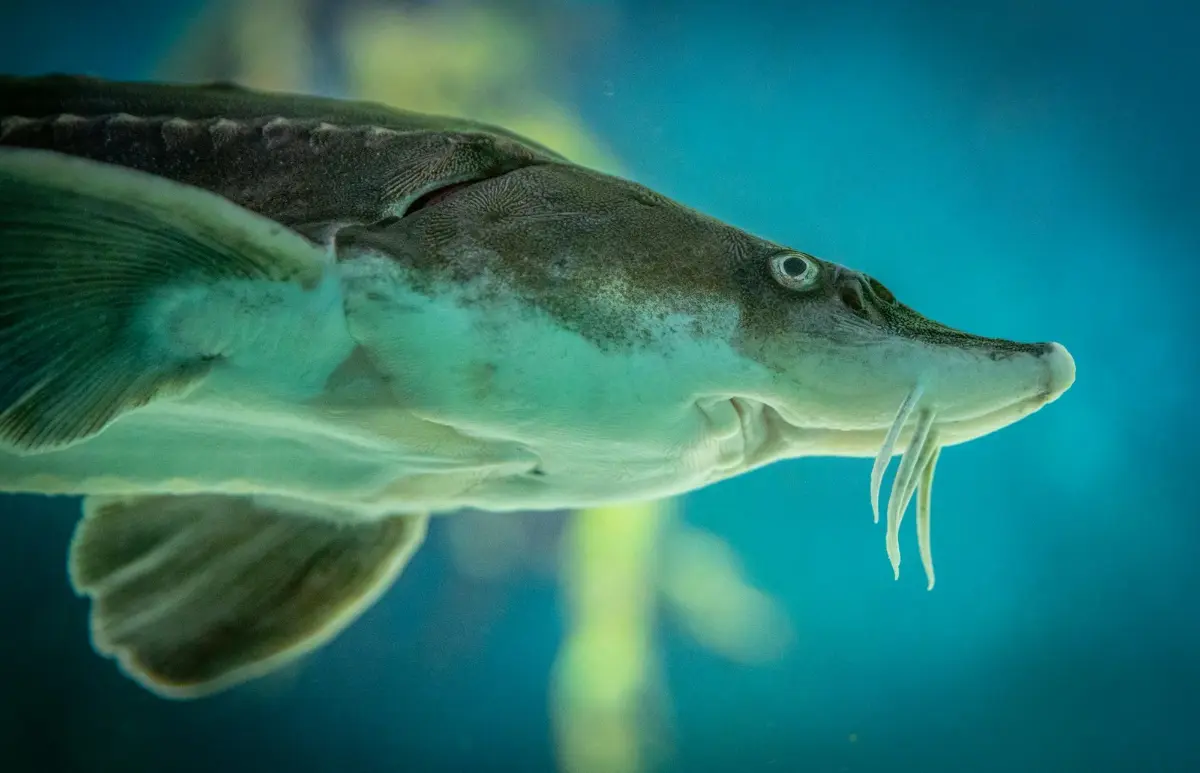
Helyszín címkék:
The sturgeon of Keszthely – the history of a domestic raw material
Novitatis
What is the story of Panarini, why was sturgeon chosen?
11-12 years ago, a foreign couple started planning their future in Hungary, and when they found their dream property in Szentgyörgyvár, within this in Felsőmándpuszta, they simply fell in love with it. They began to explore its potentials, drilled and found thermal water. This is how fish farming came about, including the idea of raising sturgeon, since constant water quality and temperature are very important for this. At first, they were bred for abroad, then a processing plant was established a few years later, and they started selling in Hungary as well. To their great surprise and joy, they were able to welcome major chain stores and many delicatessens among the first partners: the sturgeon was successfully launched on the Hungarian market. After that, they dared to dream bigger, and that's when the currently operating processing plant was built, which is capable of producing approximately 1,000 tons of products per year on 800 m2 and meets the technological requirements also applied in Europe – Kovács Zoltán, who joined the Panarini team as an executive 4 years ago, says about the start of the success story.
What are the special flavour characteristics of Hungarian sturgeon, and what is the best way to prepare it?
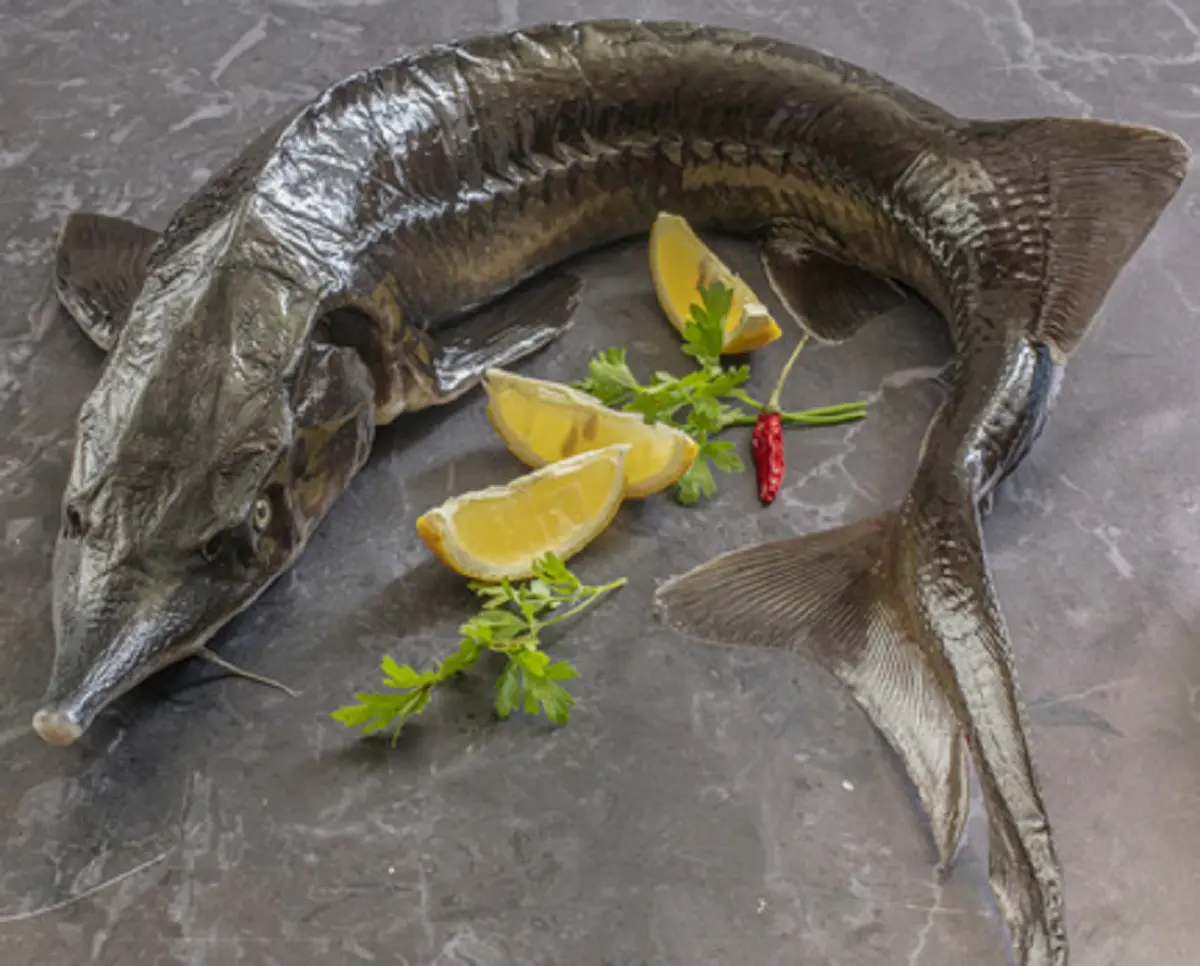
The sturgeon is a cartilaginous fish with a backbone, i.e., its fillet is boneless, and the animal's body is not covered with scales, but with skin, so it can be peeled very easily. In terms of its structure, i.e., the ratio of meat to fat, it is interwoven, the fat is integrated between the cell plates, thanks to which sturgeon withstands heat treatment well. It is like a good quality beef steak; the meat remains juicy, tasty and full-flavoured during cooking. This can be said for very few fish. Sturgeon requires special heat treatment for perfect taste quality: it is not the short and sudden heat shock, but rather the medium-long or slower heat treatment that brings the best results. Overall, I would say it can provide a much higher gastronomic joy than the average freshwater fish.
How much do we Hungarians look for sturgeon, is it already in the common knowledge?
In recent years, we have placed a lot of emphasis on bringing sturgeon into the common knowledge, on as many platforms as possible. For the time being, they are rather looking for the sterlet, which is the fish species that was already widespread in Hungary, but very few people know that the sterlet also belongs to the family of sturgeons. When we point out that sterlet is very similar to sturgeon, and even better, they are happy to try them, and with that comes experiences and returning customers. It is still quite rare for someone to seek for sturgeon advisedly, on their own as a customer or guest, but interest in the restaurant segment is growing.
How important do you think it is to use local ingredients in gastronomy?
This view is absolutely starting to take root among restaurateurs: it is even an expectation, from the owner's and chef's side. On the guest side, I think it is not yet a basic thesis, or even just a plus, which would make them look for such restaurants exclusively. I think we have to wait a few more years for this.
We consciously pay attention to it and try to emphasize that we are not only local producers, processors, fish farmers, but also the raw material itself comes from nearby (from the county or neighbouring counties), i.e., we use 100% Hungarian raw materials.
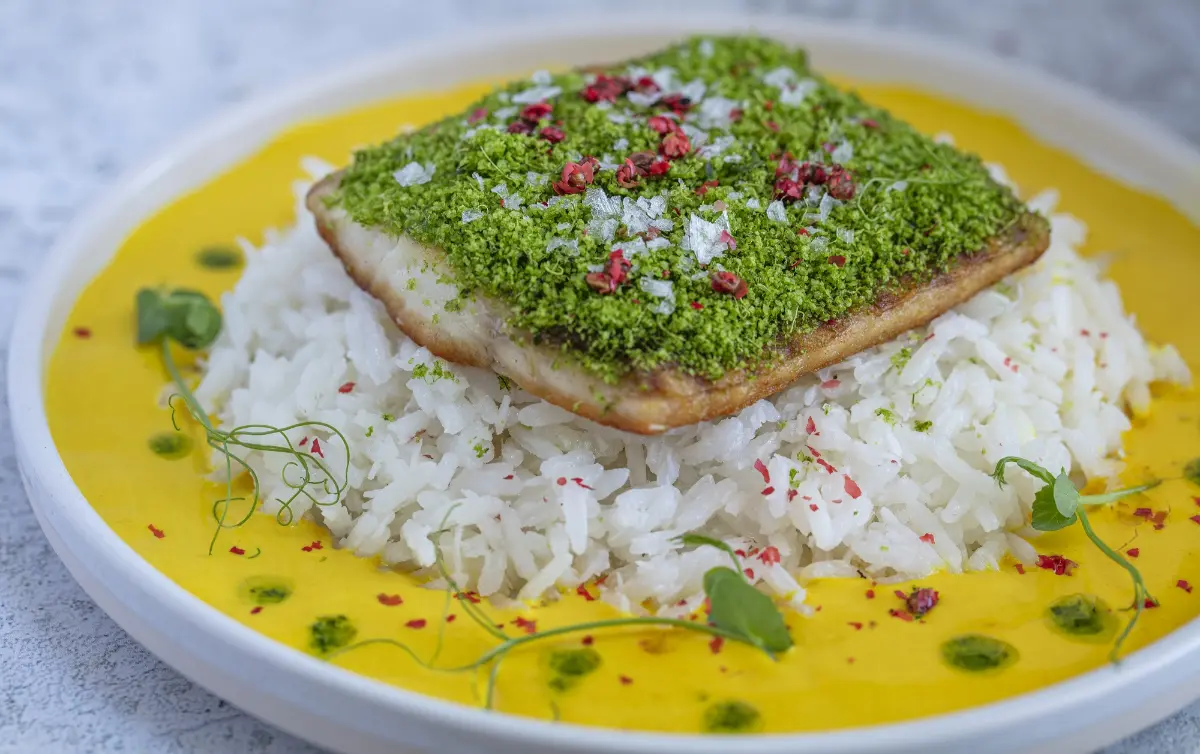
Where can we taste sturgeon, even today?
In terms of regions, it can be found in Budapest and here in our area around Lake Balaton, but also in larger cities, such as Székesfehérvár and Veszprém, in higher-category restaurants. In Budapest, it is especially worth looking for it in the fine dining restaurants, such as Textúra, Borkonyha, Kert Bisztró or Robinson Étterem. We are also present in many well-known places around Lake Balaton, for example in Hableány, Kistücsök, Roxy Restaurant in Siófok, Villa Kabala in Szigliget, Kikötő Restaurant, Echo Restaurant in Tihany and Halászkert in Balatonfüred.

